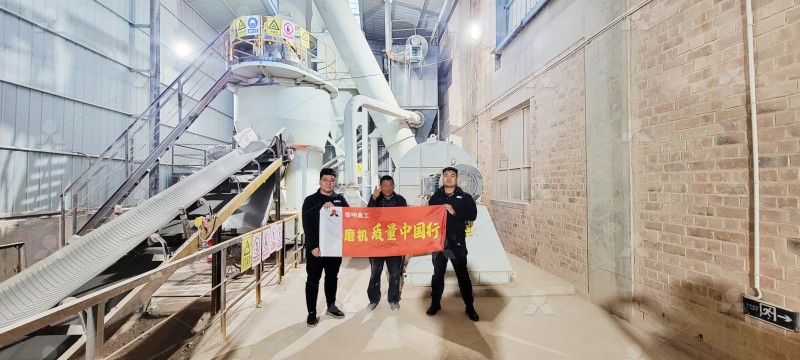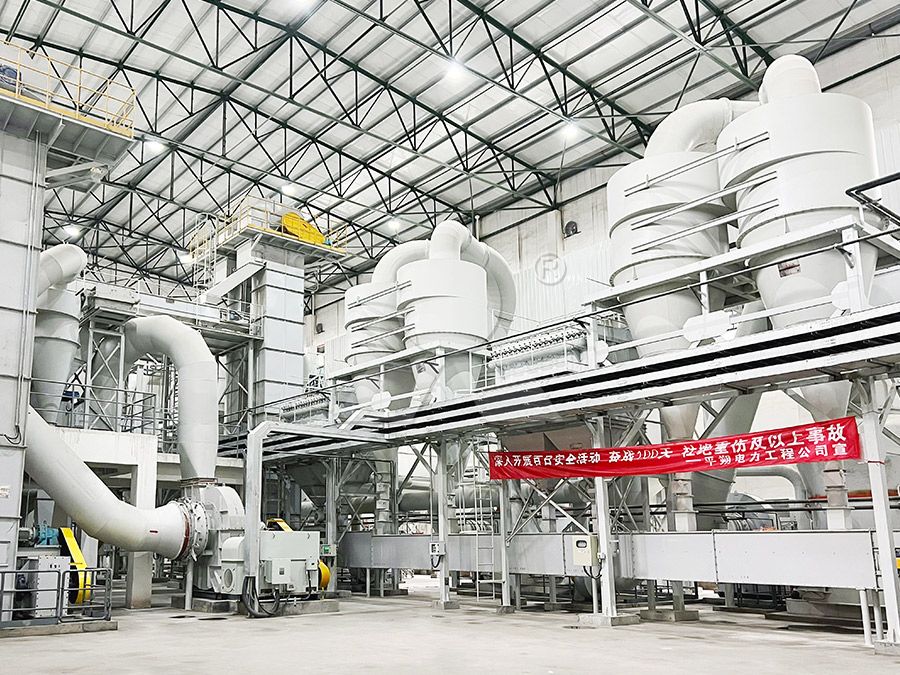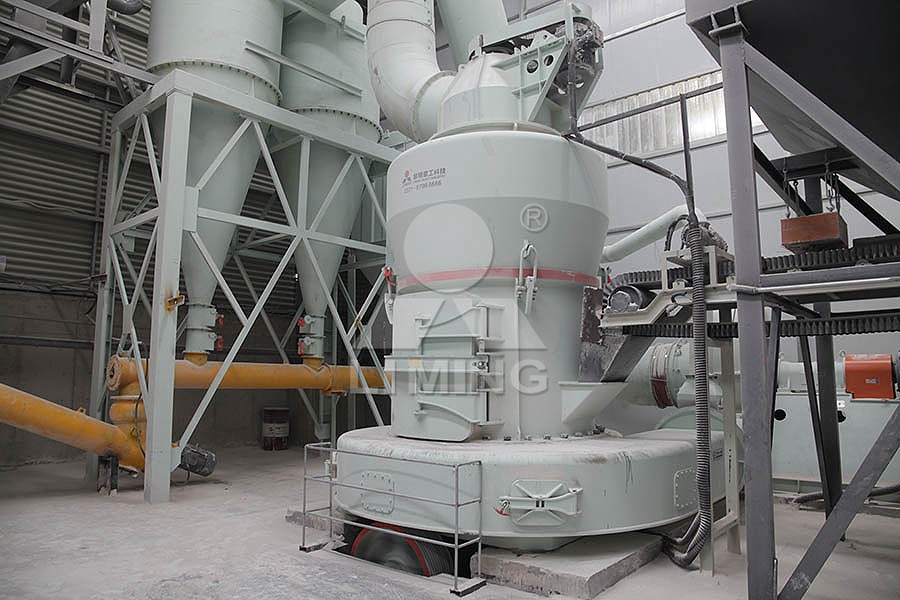Fly Ash Grinding Process: From Raw Material to Fine Powder
Fly Ash Grinding Process: From Raw Material to Fine Powder
Fly ash, a byproduct of coal combustion in thermal power plants, has transformed from an industrial waste into a valuable resource through advanced grinding technologies. The journey from raw fly ash to fine powder involves sophisticated processes that enhance its properties for various applications in construction, ceramics, and chemical industries.
The Raw Material Challenge
Raw fly ash typically contains varying particle sizes and moisture content, making direct application limited. The initial processing stage involves drying and preliminary crushing to achieve uniform feed material. Proper preparation is crucial for efficient grinding operations, as inconsistent feed size can significantly impact mill performance and final product quality.

Grinding Technology Evolution
Traditional ball mills have long been used for fly ash grinding, but their high energy consumption and limited fineness control have driven the industry toward more advanced solutions. Modern grinding technologies focus on achieving higher efficiency, precise particle size distribution, and reduced operational costs.
Among these advanced solutions, our MW Ultrafine Grinding Mill stands out as a specialized equipment designed specifically for customers requiring ultra-fine powder production. With an input size capability of 0-20 mm and capacity ranging from 0.5 to 25 tph, this machine represents the cutting edge in fly ash processing technology.
Precision in Particle Size Control
The heart of any grinding system lies in its ability to consistently produce powder with specific particle size distributions. For fly ash applications, achieving fineness between 325-2500 meshes is often required. The MW Ultrafine Grinding Mill addresses this need through its advanced cage-type powder selector technology, which effectively increases powder separation precision and allows for d97≤5μm screening rate in a single pass.

Environmental Considerations
Modern grinding operations must address environmental concerns, particularly dust emissions and noise pollution. The integration of efficient pulse dust collectors and mufflers in contemporary grinding systems ensures compliance with stringent environmental standards. Our MW Ultrafine Grinding Mill incorporates these features directly, providing dust-free operation and significantly reduced noise levels throughout the production process.
Operational Efficiency and Reliability
The design philosophy behind advanced grinding equipment emphasizes not only performance but also operational reliability. The MW Ultrafine Grinding Mill features an innovative chamber design without rolling bearings or screws, eliminating common failure points and enabling continuous 24-hour operation. External lubrication systems further enhance maintenance accessibility without requiring production shutdowns.
For operations requiring different capacity parameters, our LUM Ultrafine Vertical Grinding Mill offers an excellent alternative with input size of 0-10 mm and capacity of 5-18 tph. This mill integrates the latest grinding roller technology with German powder separating technology, providing exceptional performance in ultrafine powder grinding applications.

Applications of Processed Fly Ash
Properly ground fly ash finds applications across multiple industries. In construction, it serves as a pozzolanic material in concrete, enhancing durability and workability. The chemical industry utilizes fine fly ash as a filler in plastics and paints, while the ceramics industry incorporates it into various production processes. The precise control over particle size distribution achieved through advanced grinding technologies enables these diverse applications.
Frequently Asked Questions
What is the typical moisture content that grinding systems can handle?
Modern grinding mills like the MW Ultrafine Grinding Mill can handle materials with varying moisture content, though pre-drying is recommended for optimal efficiency when moisture exceeds specific thresholds.
How does the energy consumption compare between traditional and modern grinding systems?
Advanced systems like the MW Ultrafine Grinding Mill can reduce energy consumption by up to 30-50% compared to traditional ball mills, while achieving higher production capacity and better product quality.
What maintenance requirements should be expected?
Contemporary designs significantly reduce maintenance needs through innovations like external lubrication systems and the elimination of internal rolling bearings. Regular inspection of grinding elements and preventive maintenance according to manufacturer guidelines ensures optimal performance.
Can the same equipment process different materials?
Yes, equipment like the MW Ultrafine Grinding Mill is designed to handle various materials including limestone, calcite, dolomite, and other non-metallic minerals in addition to fly ash, providing operational flexibility.
What particle size distribution can be achieved?
Advanced grinding systems can produce powders with fineness ranging from 325 to 2500 meshes, with precise control over particle size distribution to meet specific application requirements.
